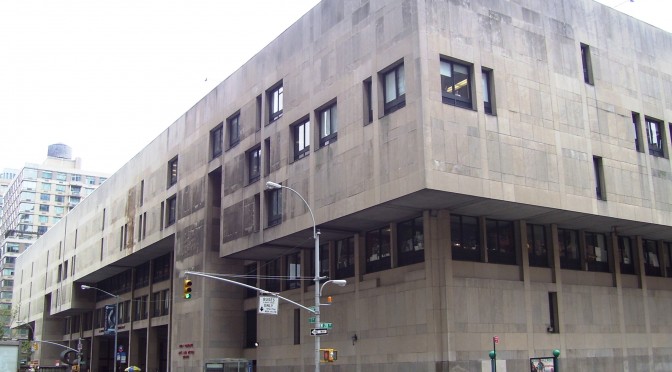Amy Papaelias
Assistant Professor of Graphic Design
Art Department
SUNY New Paltz
Interdisciplinarity is the ability to combine, cross or think through multiple disciplines in order to create new bodies of knowledge. Environments that foster interdisciplinary scholarship and critical making explore innovative pedagogical and research approaches in the liberal arts, sciences, and humanities. Although these interdisciplinary scholarship labs (and related environments including makerspaces and digital humanities centers) exist at many institutions, few have explicitly brought design thinking and visual design strategies into their practices and research. By definition, design includes the collaborative creation of experiences, processes, systems, services, through the study of human behavior, social research methods, and critical thinking. Across a variety of disciplines, these design activities can benefit and enhance research and scholarship as integral to the dissemination and communication of new knowledge.
What is design’s role in these spaces? How are design methods and practices being implemented, engaged with, and applied to the liberal arts and sciences? In what ways can design help communicate complex visual messages, ideate physical artifacts, and build digital tools within these contexts? What are some of the challenges of integrating design methods or practitioners in cross-disciplinary projects and how might we encourage more collaboration between design and other disciplines within our institutions?
This presentation will discuss the role designers and design methods can play in interdisciplinary scholarship labs, centers, and spaces. I will share some of my current research that seeks to understand how design is integrated into these environments at colleges and universities. By examining design’s role in research and pedagogy outside of our own field, we can expand the possibilities for future emergent scholarly practices within design and beyond.
This research was presented at the Design Incubation Colloquium 2.5: Fashion Institute of Technology (FIT) on Saturday, March 12, 2016.